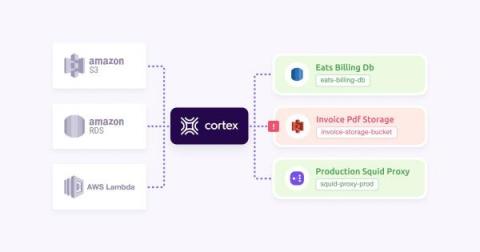DevOps vs. SRE: What's the Difference?
Despite there being significant differences in the roles, DevOps and Site Reliability Engineering are often lumped together because many people assume they do similar work. Although both attempt to reduce the issues arising from software development processes, their goals, skill sets, and approaches are actually quite different. DevOps engineers focus on the development pipeline, and their goal is to enable better development processes and workflows.





